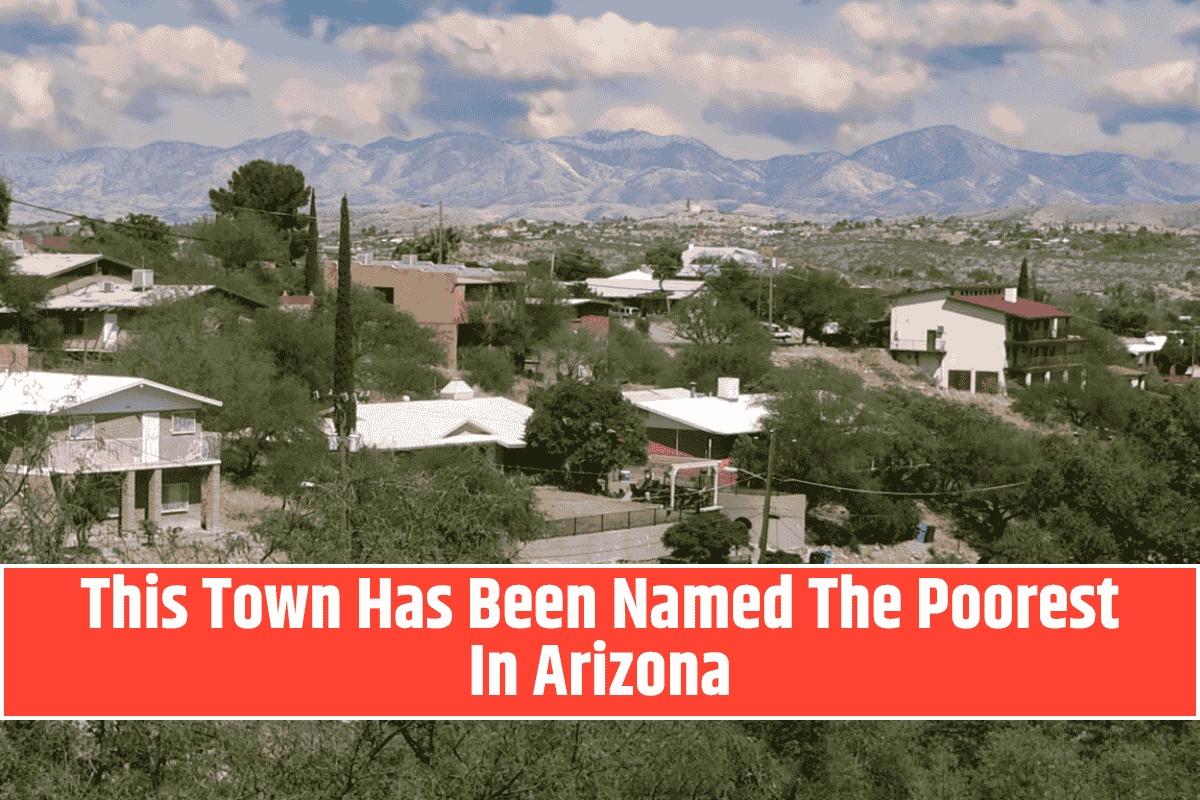Apache County, located in northeastern Arizona, has long struggled with high levels of poverty. According to recent reports, it has been named the poorest county in Arizona, with nearly 37% of its residents living in poverty.
This county, home to a significant portion of the Navajo Nation, faces a range of economic and social challenges that contribute to its ongoing financial difficulties. In this article, we take a closer look at the statistics and conditions that have earned Apache County this unfortunate title.
High Poverty Rates in Apache County
One of the key factors that contribute to Apache County’s status as the poorest in Arizona is its high poverty rate. As of the most recent data, 36.6% of the county’s residents live below the poverty line, a figure that far exceeds the state and national averages.
This high rate of poverty is particularly evident among Native American communities, especially those living on the Navajo Nation. In fact, 82% of those living in poverty in Apache County are Native American.
Income Struggles and Low Earnings
In addition to its high poverty rate, Apache County also has low median incomes. The median income for the county is $31,757, which is well below both the state median income of $50,255 and the national median income of $55,775.
The per capita income is even lower, standing at $13,011. A significant portion of the population, about 16%, earns less than $10,000 a year, which further highlights the financial struggles faced by many in the county. On the Navajo Nation, half of the households earn less than $25,000 annually.
Unemployment and Lack of Job Opportunities
Another major issue contributing to poverty in Apache County is high unemployment. The unemployment rate in the county stood at 10.4% as of December, one of the highest in the state. This unemployment rate is even higher in certain areas of the Navajo Nation, where only about 22% of adults have full-time jobs.
The limited availability of jobs in the county, especially well-paying ones, makes it difficult for residents to break out of poverty. Those who live on the reservation face even more challenges, as many available jobs are low-paying with limited opportunities for career advancement.
Education and Poverty in Apache County
Education levels also play a role in the persistent poverty in Apache County. Only 10.8% of the county’s residents hold a bachelor’s degree, and 44% of Navajo residents have not completed high school.
The lack of higher education and skills training limits employment opportunities, as many industries require specialized knowledge or certifications. As a result, the educational challenges faced by residents contribute to the difficulty of escaping poverty.
The Navajo Nation’s Struggles
The Navajo Nation, which makes up a significant portion of Apache County, has long struggled with poverty. The lack of job opportunities, coupled with low educational attainment, has made it harder for residents to build a better future.
Many families in the Navajo Nation have lived in poverty for generations, and the cycle continues due to limited access to resources and support.
In conclusion, Apache County is the poorest county in Arizona due to its high poverty rate, low median income, high unemployment, and limited educational opportunities. The struggles of the Navajo Nation contribute significantly to these issues, with many residents facing economic hardship and a lack of jobs.
While efforts are being made to improve the situation, including proposed economic development initiatives, much work remains to be done to address the county’s economic challenges and break the cycle of poverty.












